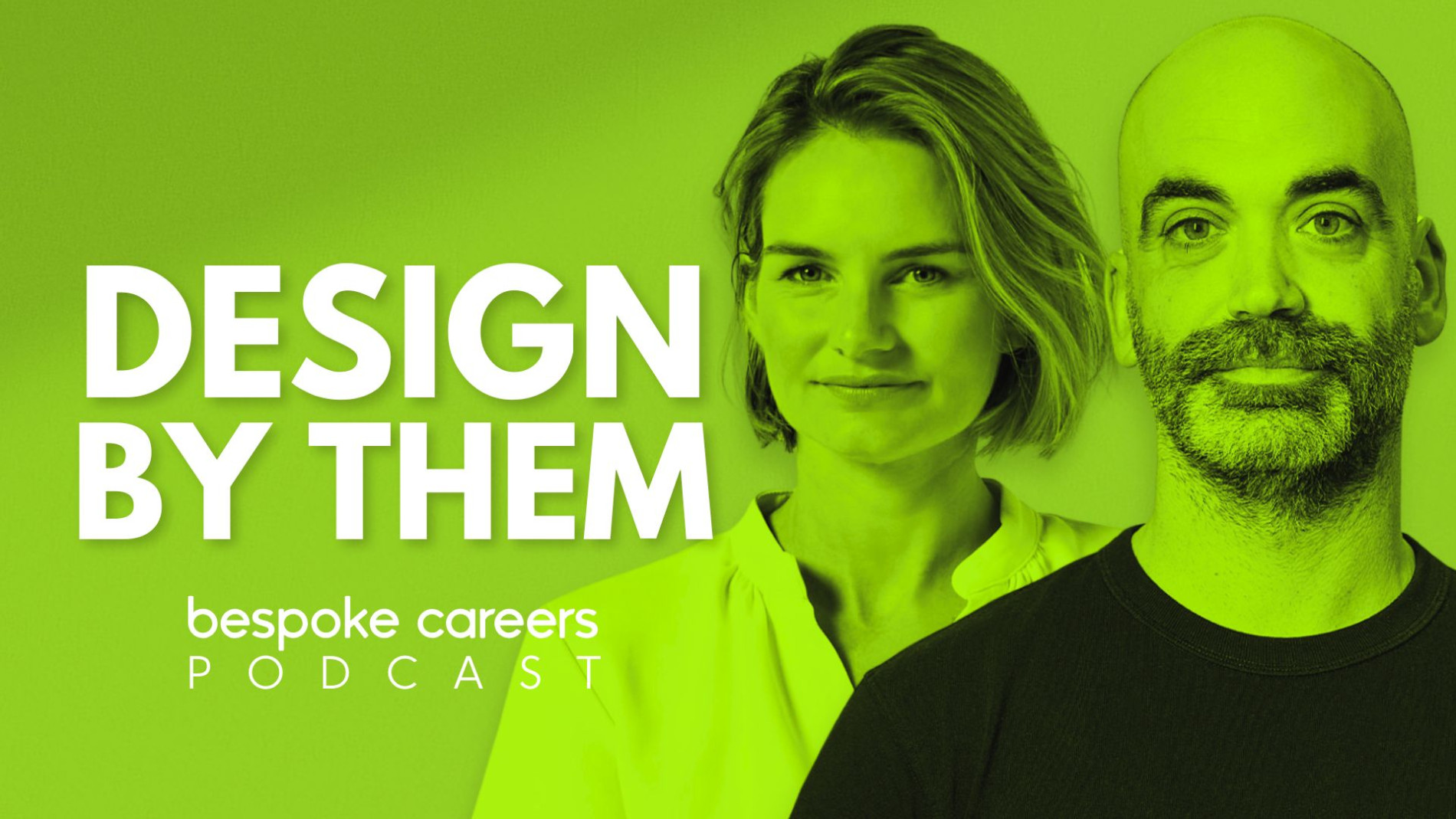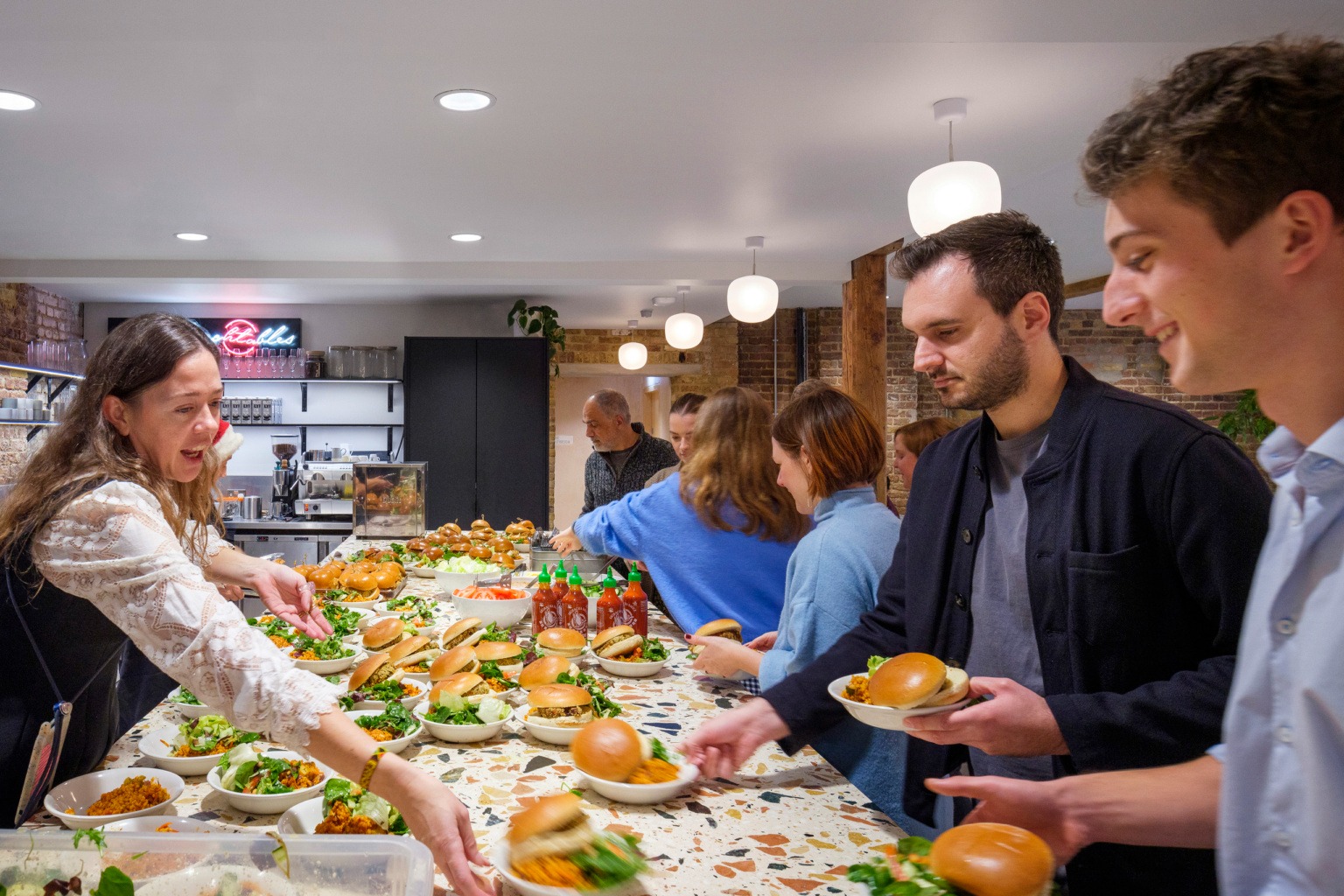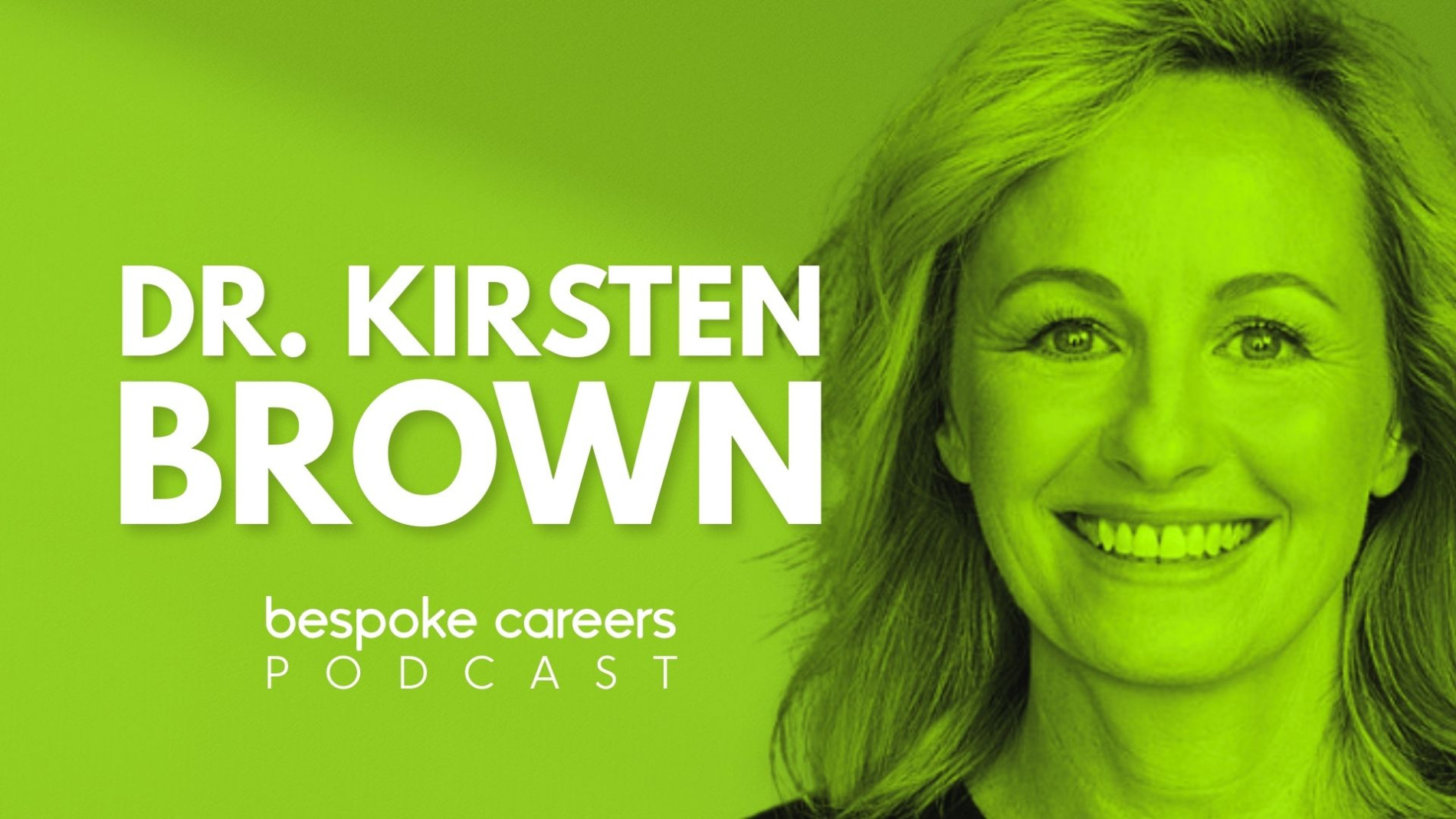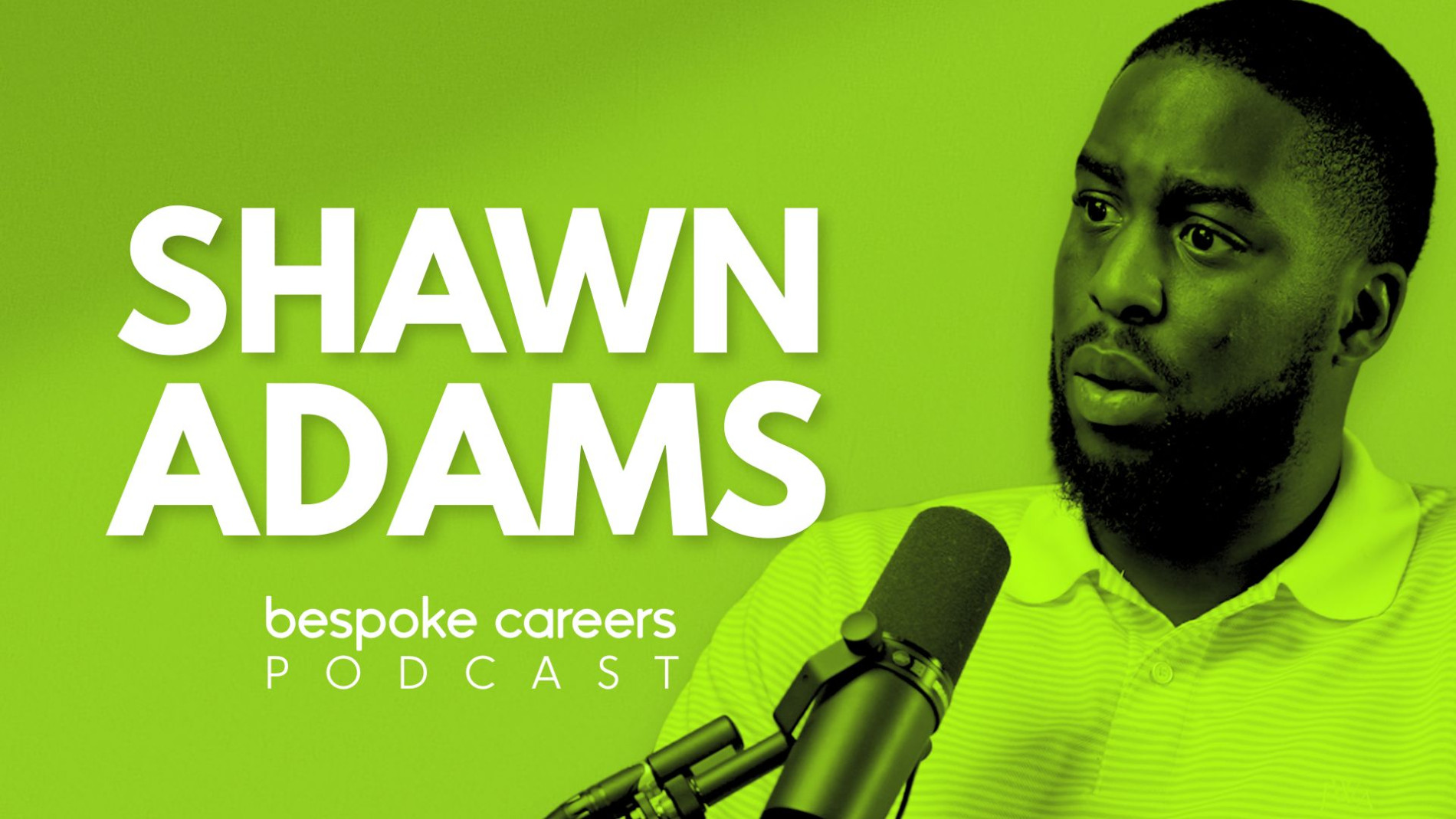
Does architecture have a gatekeeping problem? – Shawn Adams
Shawn Adams on making design public, cutting the jargon and opening the door for the next generation.
Shawn Adams is an architect and outreach lead at HTA Design. He co founded POoR Collective (Power Out Of Restriction), a platform that works with young people to co design projects and build real skills. His work sits at the intersection of practice, education and community, bringing young voices into live briefs and treating them as the client.
He is a published writer with bylines in Wallpaper, Frame and Icon. He trained at Portsmouth and the Royal College of Art, and came through the New Architecture Writers programme.
Shawn’s focus is clear. Make design public. Cut the jargon. Open the door for the next generation.
On choosing architecture…
People always ask me “why architecture?” It’s hard to describe in words. Before I could think about any other job, I wanted to be an architect. Since childhood I was interested in creating and altering spaces. From around five I was drawing making things playing with Lego. I have always known I wanted to become an architect. Ask anyone from primary or secondary school and they would say I kept repeating I need to become an architect. All through school the plan was to study architecture at university.
On architecture school…
I arrived at Portsmouth with no real exposure to architects. At secondary school I had even asked to do work experience in a practice and the school had no connections so I ended up at Lambeth Living on a maintenance team. I met maintenance people but no architects. At Portsmouth I finally spoke to architects and learned more about what they do. I had read books but never spoken to any. It was eye opening to see the profession is not just building buildings. Architects do all kinds of things. It was an exciting shock.

Shawn Graduating from the Royal College of Art
On part one and part two…
Portsmouth was very pragmatic. It was about creating the building thinking about how people experience it and doing things by the book. The Royal College of Art was different. It made me think critically. It was not just about the building or the envelope. There were studios where people did not design buildings at all. It pushed a new way of thinking that balanced my pragmatic understanding with an academic and theoretical position. They worked together as two sides of the same coin.
On founding the POoR Collective…

POoR Collective
I spent a lot of time in youth centers growing up. After school or on weekends I learned design and street smarts and life skills from people probably in their late twenties who gave up their time. They empowered us. Those skills helped young people achieve a lot at school. I was always interested in learning outside school and when youth clubs started closing I wanted to upskill young people myself. The other founders felt the same. At the RCA we met Neil Onions who became a mentor and older brother figure. He pushed us to start and to find a name. When we told him POoR and explained power out of restriction his face changed and he said that sounds great. With his support we developed the vision and mission and he helped incubate the business. It has been about six years and it keeps growing.
On what POoR Collective do…
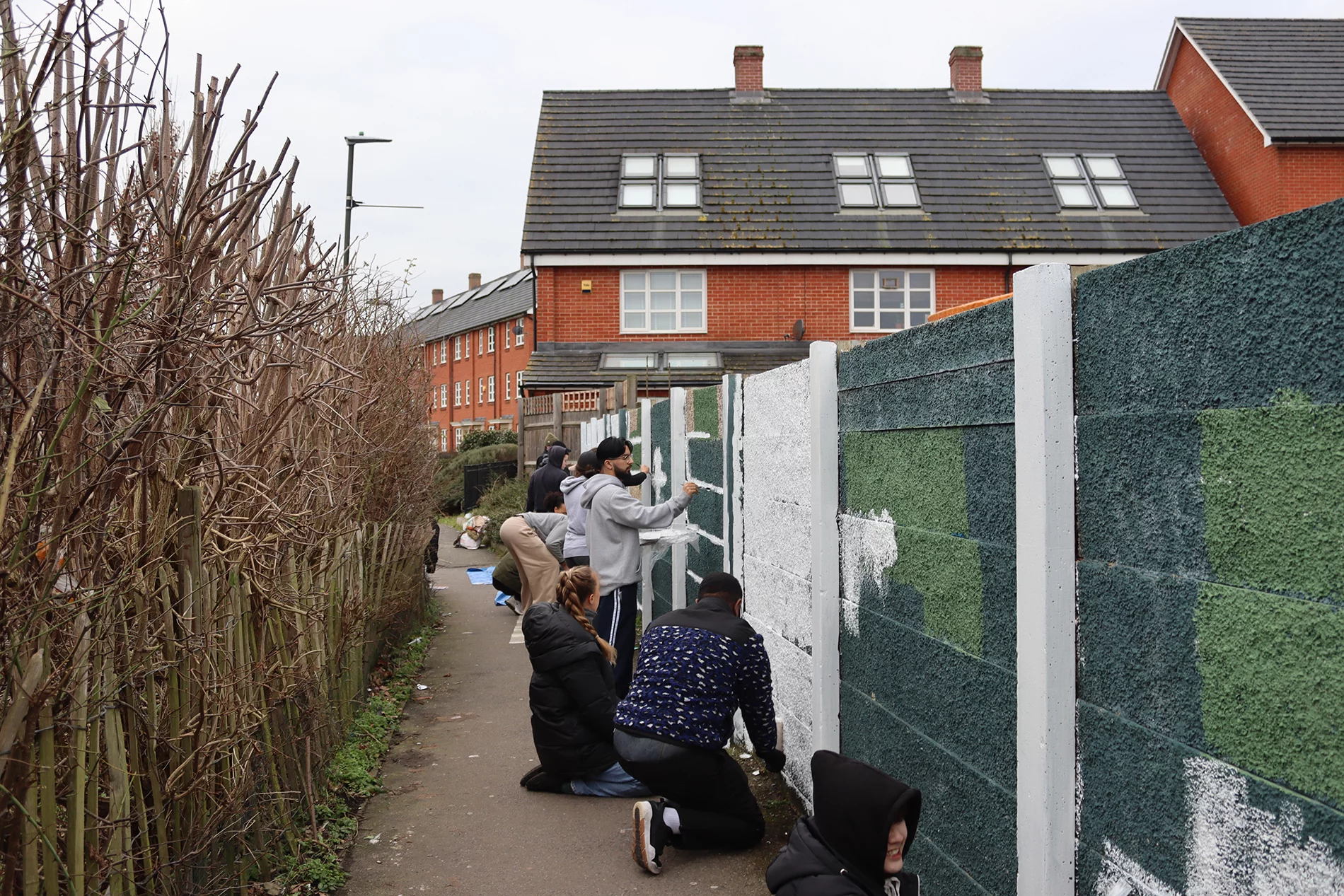
Painting a mural in Mitcham, South London
At the crux of our work is empowering young people through design. That purpose lets us take on a broad range of projects. We can do murals, exhibitions, pavilions and installations as long as we are upskilling young people and giving them tools to contribute to design. We are designers who work with young people so we can technically design anything if they are involved. That is why you might see us painting a mural with young people in Mitcham or installing something in a public space. The format changes and the empowerment stays consistent.
On balancing designer and facilitator…
People assume involving young people will be difficult with lots of negotiation. In reality it is like any client relationship. The client has wants and don’t wants. We imagine the young people as the client. What would attract other young people What would feel exciting We generate ideas with them and upskill them so they can show ideas visually rather than only writing. The process is like coordinating consultants in a typical office. You coordinate different inputs and put them together. There is negotiation and compromise between young people but we set shared targets and agree an end point. The craft is holding both facilitation and architecture at once.
On transferable skills for young people…
Co design builds skills that travel. Communicating ideas and debating. Working as a group. Standing up and presenting your design. These are not only for architecture students. They are skills everyone should have. Even if a young person does not want to be an architect they leave with public speaking and collaboration they can use elsewhere. That is the crux of what we are trying to do at POoR.
On the Build The Way internship…
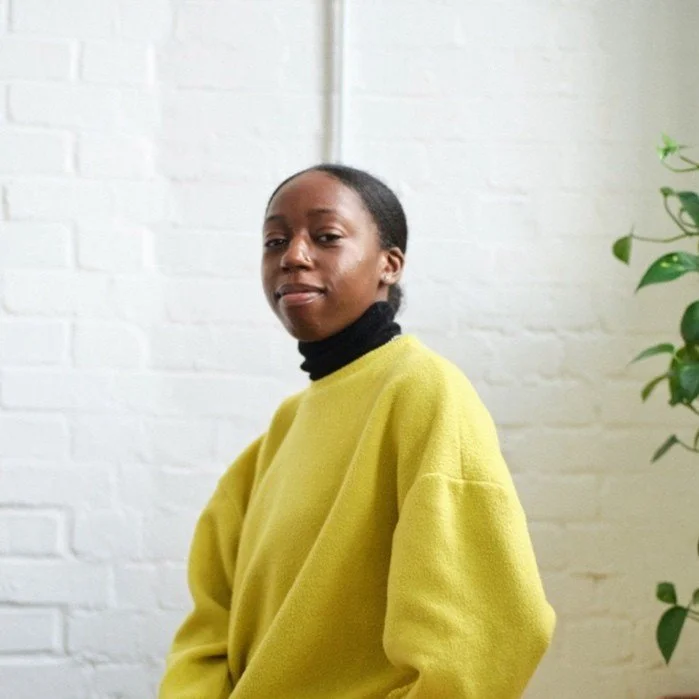
Chloe Mawette, Build the Way Intern
We created Build The Way with GPAD. We did the branding a landing page a video and a full recruitment. We interviewed a number of students and chose Chloe as the first intern. She completed the internship at GPAD and went on to study architecture. We created an opportunity we had not seen before and then watched that journey unfold. It was a proud moment for all of us.
On getting people to believe in ideas…
A big part of our work is getting people to believe in our ideas. Many things we have done had no clear precedent in architecture. The internship the early installations even painting a mural in our home area were firsts. We were students for many of those projects. We generate loads of ideas sometimes too many and then we act. We might try and fail but when it works you create moments that empower young people. Action over perfection.
On working at HTA Design…
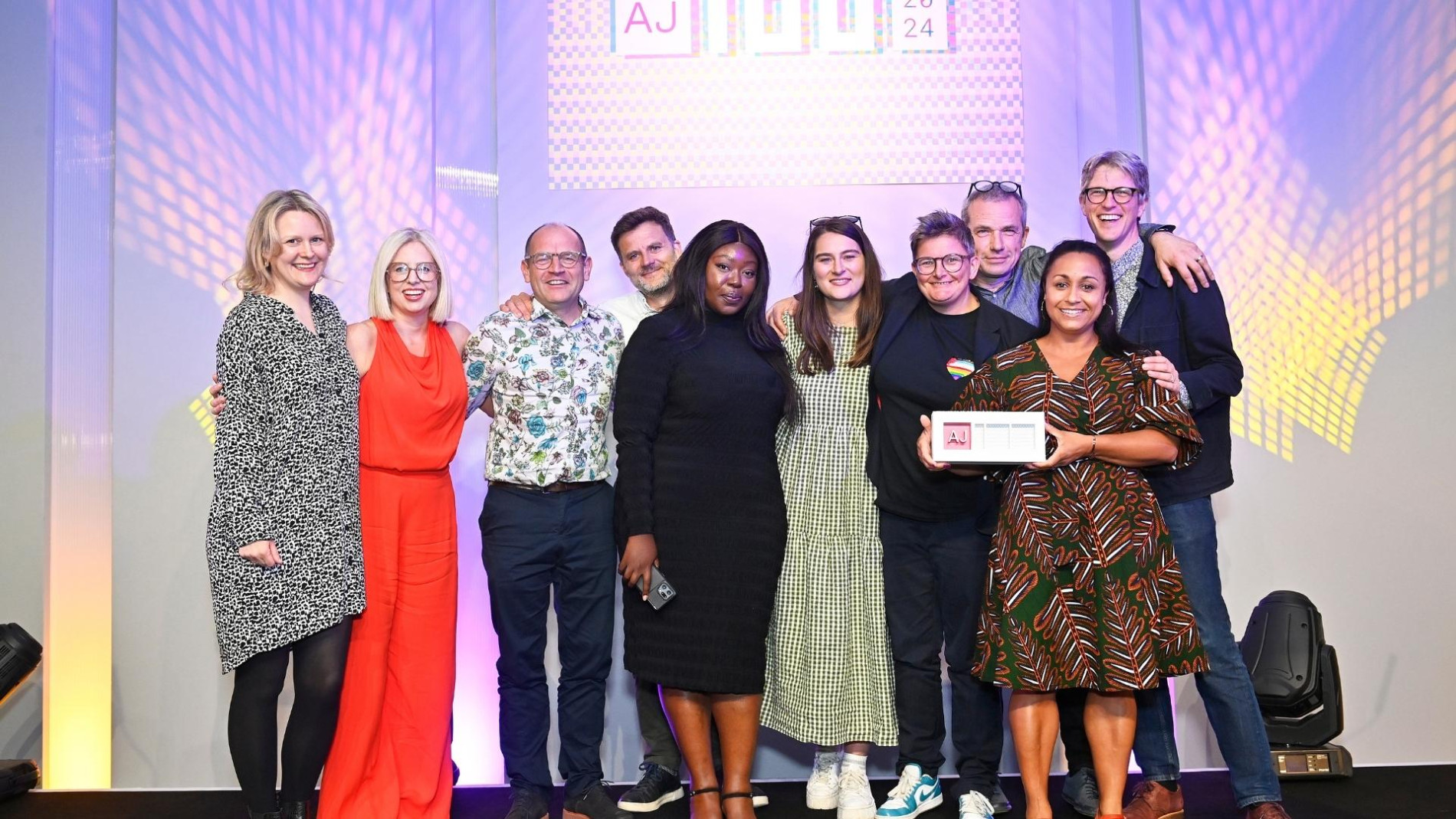
HTA Design at the AJ100 2024
I started at HTA Design as a part two architectural assistant while already running POoR and teaching two days a week at Central Saint Martins. That left three days in practice. HTA knew all of this. I had given a talk there a few weeks before I accepted the role. The dynamic was not easy because two jobs in architecture is not for the faint hearted but HTA were accommodating. I wanted to focus on social value and outreach and to qualify as an architect. After I qualified we had a proper back and forth about shifting my role. There was not an outreach lead at HTA but we saw the opportunity. We mapped what I could do and my skills and created an outreach lead position. I help deliver social value working with residents local people schools and businesses. I bring opportunities for young people into live projects. Since starting we have seen a lot come to fruition.
On HTA culture…
People might say I work there so of course I am positive but I have been at HTA for nearly five years for a reason. The practice is supportive and genuinely focused on improving housing and collaborating. I have not felt overworked or overwhelmed even while juggling other commitments. Many people stay a long time which says a lot. The office is beautiful. I love food and there is food every day which is a bonus. I live in South London so the commute is a mission but it is a fantastic place to work.
On becoming a published writer…
At the RCA I joined Historic England’s ‘Enriching the List.’ I emailed my head of year about it and they said you seem interested in writing and pointed me to Phin Harper at the Architecture Foundation who ran the New Architecture Writers program. They had one more space. It was workshops reading and learning from established writers whose names you recognise on bylines. It was intense alongside study. We finished with a commission for Frame and I wrote about studio culture as COVID appeared. I am proactive so after that piece I kept reaching out to editors and it snowballed.
On writing and architecture…
Architects write. In first year I read Towards a New Architecture and Delirious New York. Writing is part of the discipline. It lets you comment on what is happening and clarify your thinking. It also opens doors. With writing I met designers I would never otherwise meet. Sometimes you would have to spend decades building your career to get a quick conversation with them. Writing fast tracked access and showed me how they work.
On the architect as polymath…
In school we studied architects who designed furniture made exhibitions wrote and engaged with art movements. I see the architect as a polymath a jack of all trades under one design umbrella. Writing exhibitions buildings and now video all connect. The skills transfer. If my writing improves I turn it into scripts. If my public speaking improves I use it for camera. I try to push every skill from seven years of training rather than let them lie dormant.
On communicating design via social media…
I speak to three audiences. The architecture and design community who already read the specialist platforms. People who are interested in design but do not know those magazines. And a younger audience on Instagram and TikTok. There is so much strong reporting in architecture, but very little video. A fourteen year old is not subscribing to a trade journal. That could have been me. If young people see someone talking about architecture they can bring that into school interviews and conversations. I distil stories and make them accessible without dumbing down.
On dropping the jargon…
Precise language is better than jargon. I avoid long words for the sake of it. In the right room I will use technical terms and statistics. For a general audience I keep it clear and engaging even a bit theatrical because that draws people in. Most clients are not trained in architecture. The people who experience buildings are not trained in architecture. They deserve clarity.
On increasing representation…
Architecture has been elitist and not very diverse. More people now lead by example start collectives build platforms and speak out. That attracts more people in. Practices still need to show who works there not just the projects. Show that you employ a diverse team so others can see a place for themselves. Seeing more women and more ethnic minorities in visible roles is inspiring. It signals this is an industry for everyone.
On seeing myself as representation…
I try to lead by example. I am not doing something others cannot do. You can write make videos or start an organisation. I prefer to show rather than tell. You can write an article and travel off the back of it. You can write and see the latest design shows. Showing the path makes it real.
On whether my career is how I imagined…

Shawn at the launch of Jaguar’s new Type 00 concept electric car in Miami, Florida, 2024.
I imagined painting a mural in Mitcham. I did not imagine being in Miami at a Jaguar launch. Hard work puts you in rooms you never thought you would be in. Writing is not just about a building near your house. You can write about the other side of the world. You can write about cars hotels furniture and tech. Architecture and spatial design are everywhere. One week you could be at a car launch and the next week painting a mural near home. There is space to move between community design and high end luxury. The skills from architecture school let you do that.
On doing lots of things…
I have wanted to be an architect my whole life so the passion feeds everything. Most of what I do are things I would do in my free time. Some activities became more formal but they all scratch the same itch. Writing pushes me to read. Reading keeps me up to date. I like to do multiple things that connect and reinforce each other. I will always try to do a little bit of everything.
Advice for the next generation…
Work hard without running yourself into the ground. Get your foundations right. If you want to be an architect focus on being the best you can during your studies then build other interests. Grow your profile. At the RCA I posted on LinkedIn when people teased me. Now I have a large network that helps my work. Put yourself out there go to events and speak to people. The market is competitive and many applicants share the same skills. Ask what else you offer. Public speaking AI skills content creation something distinctive. Do not burn out. Nurture interests steadily so by graduation you have a technique you can bring to a practice.
What I hope to see change…
I want a less elitist and more diverse profession that speaks to the public. I want architects to be visible on television and in civic life and for people to name architects because of what they contribute to society. I want to open practice pages and see staff who reflect society so a young person can say I can be an architect. I want architects going into schools to introduce design. I want people to feel they have a relationship with architects in the way they know doctors and dentists. I want architects seen as people who make society better.

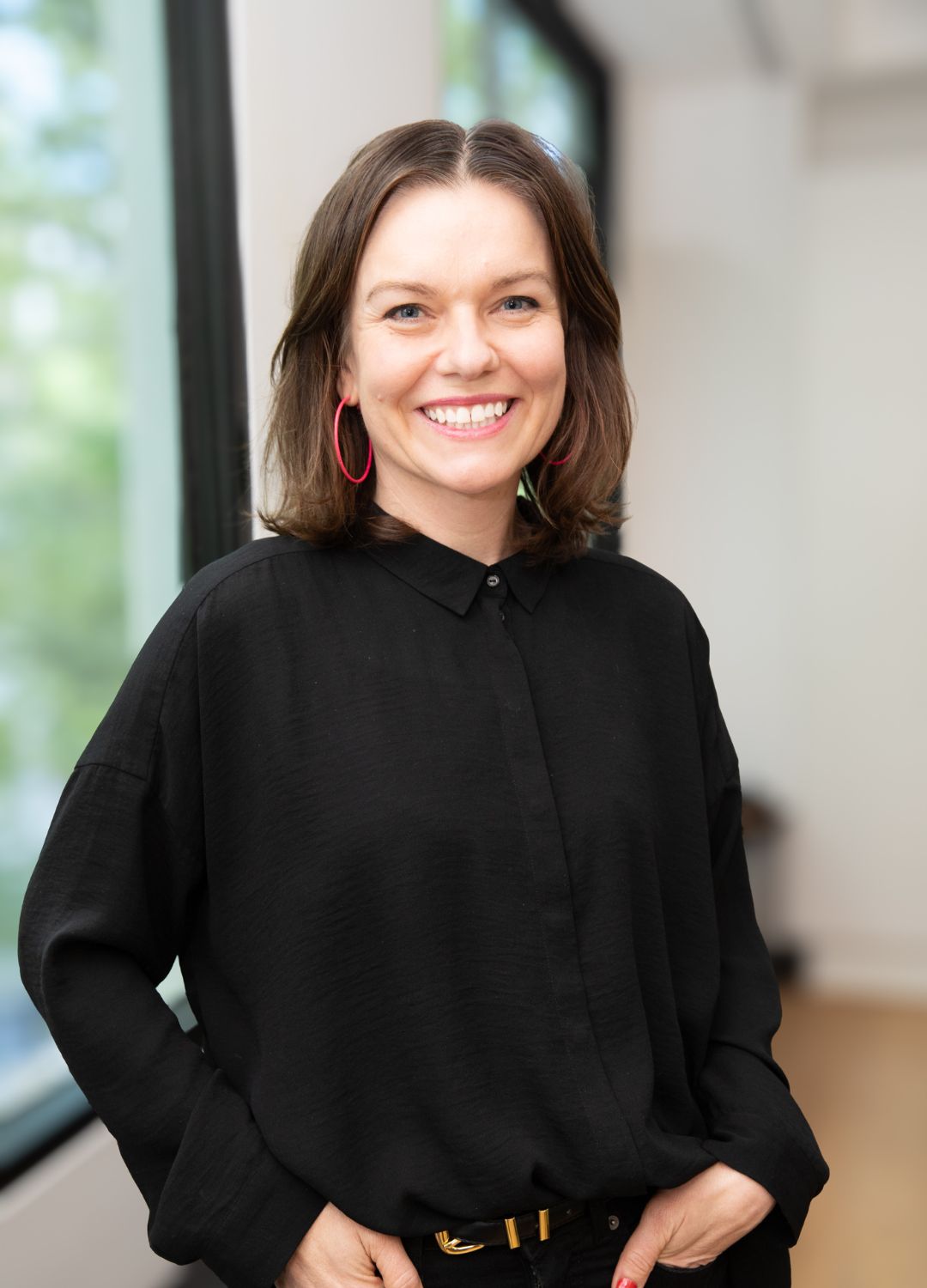
Looking to hire top talent
 or advance your career? Let's talk.
or advance your career? Let's talk.
We connect exceptional firms with talented professionals.
Let’s discuss how we can help you achieve your goals. Get in touch with the team today.
Related Posts

We spend roughly a third of our adult lives at work. A third. That’s about 90,000 hours over the course of a career.
And yet, many of us have never stopped to really think about how our physical environment is shaping our mental health, our productivity, and our overall wellbeing every single day.
David Ritter on systems thinking, making sustainability non-negotiable from day one, and the skills architects need by 2030.
Architects and designers in Australia have a wide range of events occurring in 2025. From networking events, opportunities for learning and even some socialising, the calendar is shaping up to be a varied and interesting mix of events.

